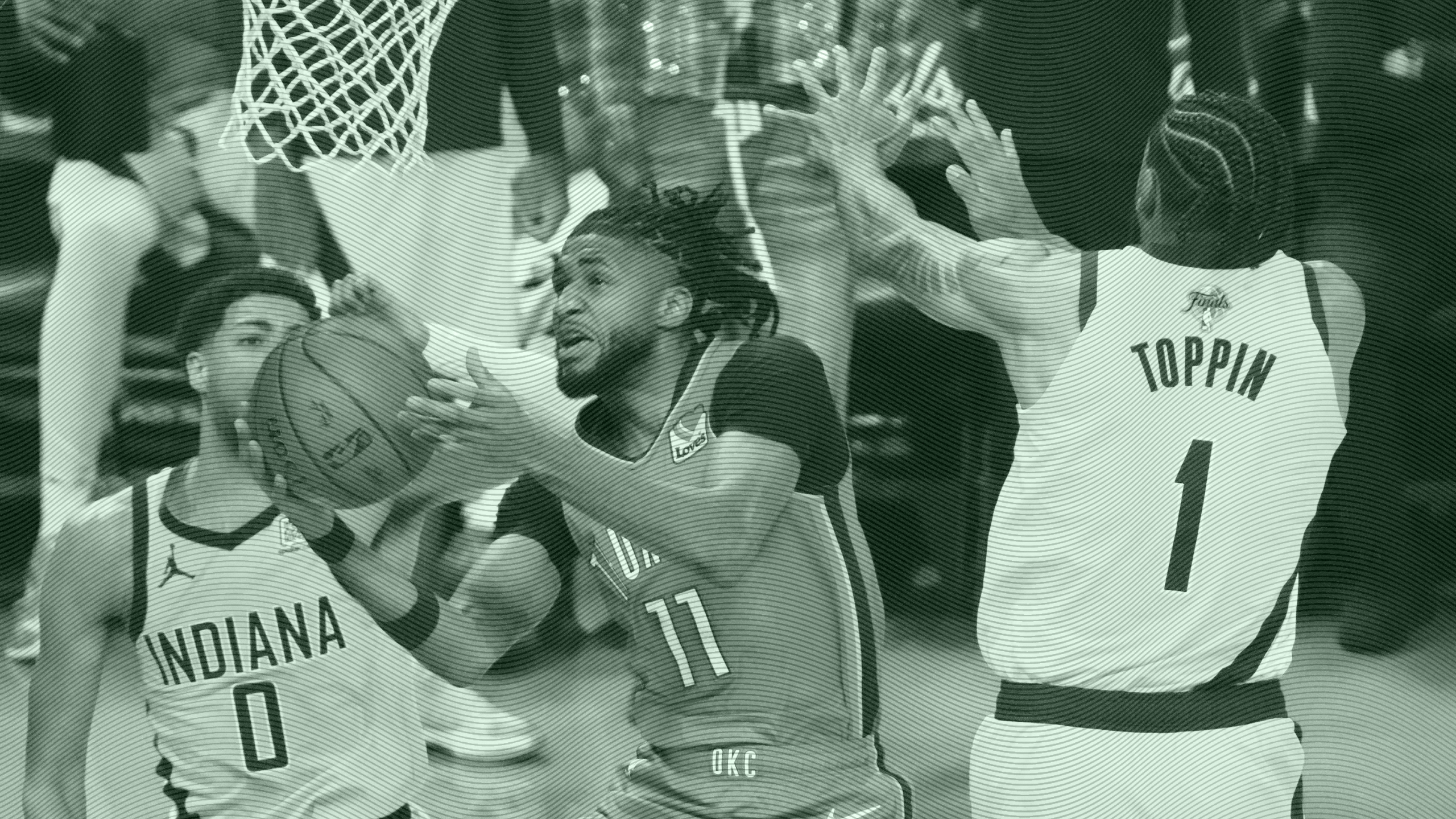What Advisors Can Learn from the NBA Finals
While talent is crucial, success hinges on a leader’s ability to unite individuals behind a common goal.

Sign up for market insights, wealth management practice essentials and industry updates.
The NBA finals are here, and that means watching some of the best professional basketball teams execute at the highest level.
It can also be a time to reflect on how the same dynamics are at play while building a top-notch wealth management firm. Achieving excellence, whether in sports or an RIA, demands both strategic thinking and strong leadership. While talent is crucial, true success hinges on a leader’s ability to unite individuals with distinct skills around a common objective. Just as a coach guides players toward a championship, an RIA leader must orchestrate specialized teams to implement streamlined and scalable technology solutions. But one of the most important initiatives is having an optimized tech stack. It’s a driver of efficiency, growth and client satisfaction, mirroring the impact a championship can bring to franchise owners, and more importantly, a loyal fan base.
The Sixth Man Effect
Becoming a successful RIA requires the right mix of key roles, processes and solutions, and having reliable technology is near the top of the list. Just as a pivotal utility player comes off the bench to execute a crucial play, a well-designed tech stack stands ready to support financial advisors, clients and back-office operations with a moment’s notice. For tech to seamlessly execute on command, it must integrate with an RIA’s infrastructure and align with the entire ecosystem of people, processes and products that drive the firm’s overall objectives forward.
The Tech Tip-Off. Visionary leaders in any field must start with outcomes in mind. This helps tune out the noise of “shiny pennies” presenting as free-agent players, big ideas or beta applications that, while tempting, might not align with the longer-term goals. An NBA team wouldn’t draft for a position it doesn’t need, then let the new player sit on the bench. That would be similar to investing in tools without a clear use case that supports the overall strategic vision.
Coaches at all levels know it’s important to prioritize fundamentals, like dribbling and passing, before progressing to more advanced moves such as dunks and spin moves. For an RIA, this could mean starting with a foundational platform consisting of a CRM, a data warehouse and a core team of professionals. After establishing the basics, they can select and configure the plug-ins and enhancements that will deliver their desired outcomes, helping them avoid “foul trouble” from poor integration or overcomplexity.
Bench Strength
In basketball, a good coach must build a team and sync every move into a winning game plan. When creating a tech strategy, a designated RIA leader must do the same. Whether using a recruiter or a scout, a leader or coach must seek out specialized contributors as well as those who can play utility. As “Coach K,” the famed Naismith Hall of Fame college basketball coach, once put it: “When you first assemble a group, it’s not a team right off the bat. It’s only a collection of individuals.”
Assessing each individual’s unique value often requires outside-the-box thinking. For example, team members who can adapt, communicate and work under pressure — in addition to fulfilling their core competencies — might be beneficial in the same way an inspirational bench player can boost team morale in a double-overtime game.
Rookie Mistakes. Even top franchise players can stumble in a big game. In tech, those missteps often center around execution. One costly error is collecting data without a clear plan to leverage the insights. That’s like tracking opponent stats and compiling them into a scouting report, but never using the intel to inform your game plan. In the same way coaches can apply quantifiable player data to their advantage, RIAs should be following suit with the information they capture on their clients.
Another risk? Complacency. Whether it’s ignoring a new blocking rule in basketball or failing to adopt artificial intelligence best practices, this can prove highly expensive. Falling behind on delivering the latest industry innovations in an RIA is just like committing a flagrant foul when the game is on the line. While mistakes happen in every field, teams truly committed to greatness will convert failures into learning opportunities. They consider every glitch an opportunity to adjust, improve and elevate their performance. At my firm, we call this iterating to excellence, or aiming to be 1% better every day.
Mastering the Fast Break. Whether optimizing a tech strategy for a top RIA or competing in the playoffs, the ability to execute strategically while under pressure can mean the difference between leading the pack or trailing behind. For RIAs aiming to stay ahead of the tech curve, success stems from a clear vision grounded in fundamentals, supported by a cohesive team and executed with relentless focus. At the end of the day, or the end of a game, continuous improvement is what elevates a solid team into a championship-caliber organization.
Every missed shot is a chance to adjust. Every win, a blueprint to build upon. In tech, as in basketball, that’s how you stay competitive and win.
Dr. Jordan A. Hutchison is the VP of Technology and Operations at RFG Advisory, an innovator in the wealth management industry committed to empowering growth-minded independent advisors to build their businesses without compromise.











